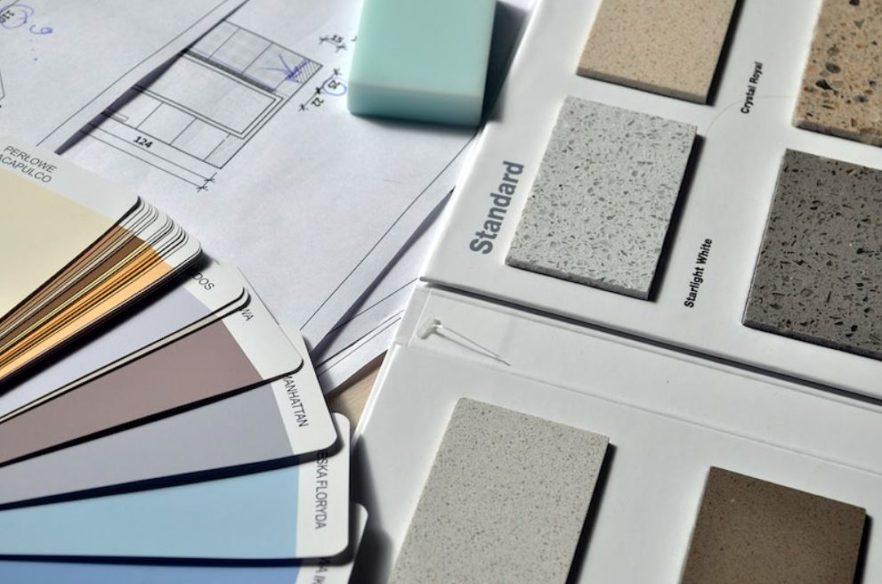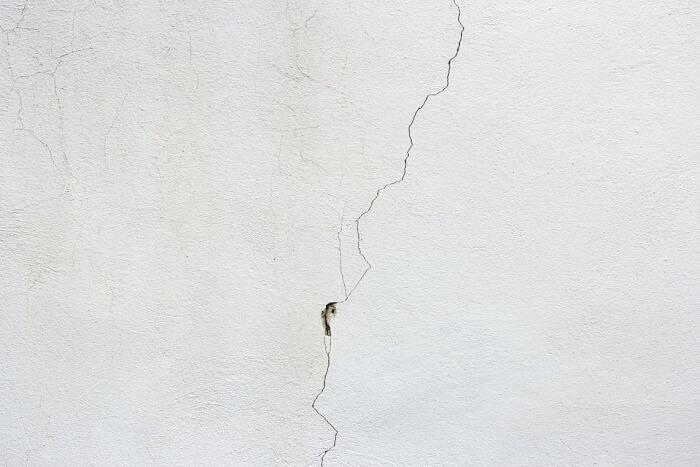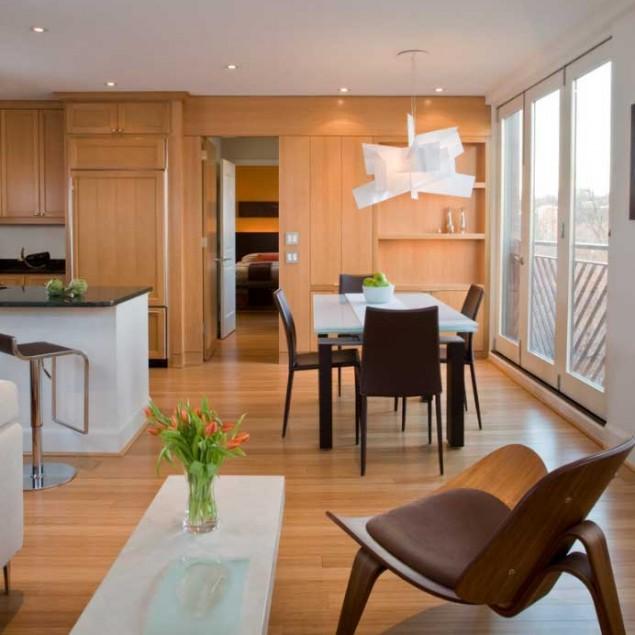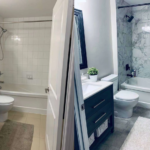Choosing the right paint colors for your interiors can be a daunting task. With so many colors and shades to choose from, it’s hard to know where to start! This article will provide tips and ideas on how to select the best paint color for your interior walls, doors, trims, and ceilings. We’ll explore different color schemes and palettes, as well as discuss popular trends in home painting. We’ll also discuss considerations such as lighting, wall texture, flooring color, furniture accents, and more when choosing the perfect hue for your space. By following these guidelines, you can find the perfect combination of colors that will create a beautiful atmosphere in your home.
#1: Start with Color
When selecting the best paint color for your interiors, it can be a good idea to start with a general color scheme. This will give you an overall sense of what look you are trying to achieve in the room. Popular color palettes include warm and cool tones such as yellows, greens, blues, purples, and oranges. You can also choose from natural colors like taupe and cream or darker hues like black and navy blue.
Places where Warm Tones should be used
1. Living rooms and bedrooms
2. Areas that need to feel cozy, inviting, and comfortable
3. Kitchens to create a warm atmosphere
Places where Cool Tones should be used
1. Home offices or studies
2. Bathrooms for a calming effect
3. Dining rooms and entryways
With color palettes in mind, you can narrow down your choices for the perfect shade and hue of paint for your interiors.
#2: Consider Accent Colors
Once you have decided on the main color scheme for your interior walls, you may want to incorporate accent colors into the design. Accents are great for adding definition and interest to any space. For example, if you have chosen a light yellow for your walls, you could consider adding a darker shade of yellow or even an orange to the trim and doors. This will create contrast and make the room look more dynamic.
#3: Consider Lighting
Lighting plays a huge role in how colors appear on walls and other surfaces. Natural lighting from windows can greatly affect the way colors appear in your space. Therefore, it is important to take into account what kind of natural lighting you have available, as this will help determine which colors may be best suited for your interiors. If you are unsure about what color would work best with your existing natural lighting, you should always test out swatches before painting the entire wall or surface area.
#4: Take into Account Wall Texture
Wall texture will also affect the way paint colors appear. If you have heavily textured walls, then a more vibrant hue may be needed to give the space more depth and dimension. Smooth walls, on the other hand, can handle any type of color as they are easier to work with.
#5: Consider Other Design Elements
When selecting the perfect color for your interior walls, you should also take into account other design elements such as furniture accents, flooring color, and artwork. All of these elements can work together to create a unified look in any room or space. For example, if you have neutral-colored furniture and bright artwork on the walls, you may want to opt for a more muted shade of paint for the walls in order to tie everything together.
#6: Consider Popular Trends
It is also important to consider popular trends when it comes to painting. Colors that are currently in fashion can be great for creating a modern and stylish look in any space. However, if you prefer something more timeless, then sticking with classic shades such as whites, creams, grays, and beiges may be the way to go.
#7: Choose a Color that Fits You
At the end of the day, it is important to choose a color that fits your personality. Consider how you want the space to make you feel and choose accordingly. Whether it be bright and vibrant tones or something more subtle with calming hues, pick a paint color that speaks to you and will create the atmosphere you desire in your home.
By following these tips, you can find the perfect paint color for your interior walls. With careful consideration of color palettes, accent colors, lighting, wall texture, other design elements, popular trends, and personal style – you can make sure your interiors look exactly as you envisioned them.
If you are having a hard time deciding on the best color for your walls, don’t be afraid to ask an expert like Groovy Hues for advice. A professional will have great insights and can help you make informed decisions when it comes to selecting the perfect paint color.








